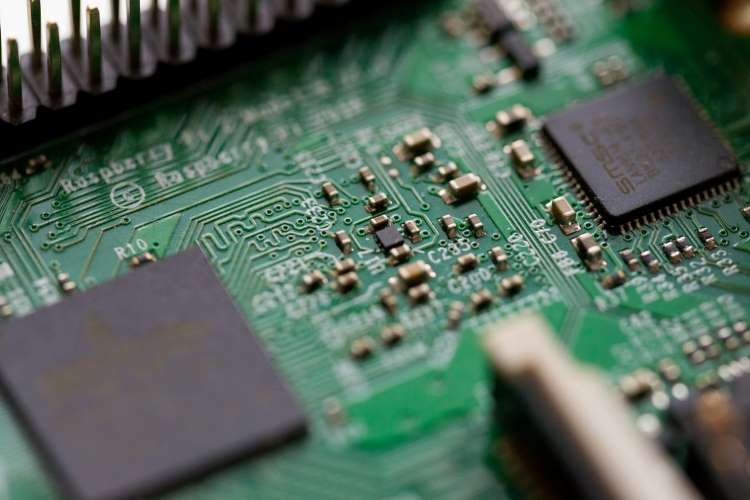
Towards an India-Taiwan ICT partnership: Taiwan, an island nation with land area of 36,193 square kilometers and a population of just 23.5 million, has been an interesting subject of study for scholars and policy makers across the world. Taiwan was bracketed with South Korea, Hong Kong, and Singapore as the four Asian tigers for its rapid economic progress from1960s and 1990s. The country is known for its information technology sector, mainly for the production of semiconductors and related products such as laptops, PCs and smartphones.
Taiwanese consumer electronics brands such as ASUS, Acer, ADATA, Transcend and TSMC are popular across the world. ASUS and Acer have been among the top 10 brands in laptops and personal computers. This year, 4.4 million ASUS laptops were sold in India alone. But Taiwan is not just famous for manufacturing laptops and smart phones. Its chip producers TSMC, UMC, MXIC and others manufacture more than 60% of the semiconductors for the world market.
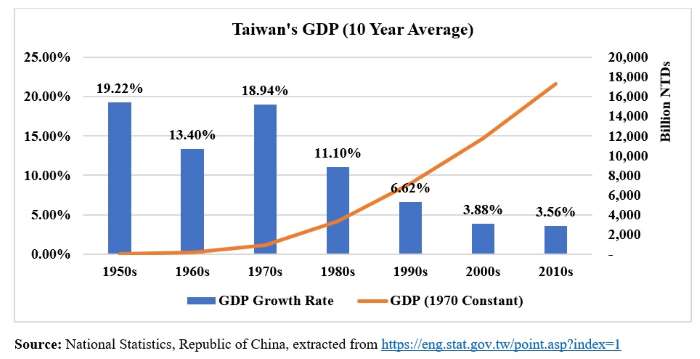
When people discuss development or modernization, they often look at economic performance of a state. But in the eyes of economists and policymakers, development is a more complicated phenomenon. To be a developed economy, a country needs to have high GDP per capita; it should shift away from agriculture production to industrial to high-tech sectors; the earned income must be spent on improving the infrastructure to improve the public wellbeing; and it should be distributed more equally among the citizens.
READ I Indian economy to post sharp recovery despite Omicron threat: Arvind Virmani
Secrets to success
Taiwan meets all of the above-mentioned criteria. According to official data, Taiwan’s economy has been experiencing high growth rates since the 1950s. But its economy took off in the 1970s when it achieved average growth rate of 18.94%. The growth rate stabilised in the 2000s to a sustainable level of 3.88%. Thanks to rapid economic growth, Taiwan lifted itself up from a poor agrarian economy to one of the most advanced high-income countries.
Taiwan’s GDP per capita is $32,123 in nominal terms and $56,959 in terms of purchasing power parity. Furthermore, the country has spent heavily on improving its infrastructure. This is evident in the country’s human development index (91.6%) which is much higher than the world average (73.7%).
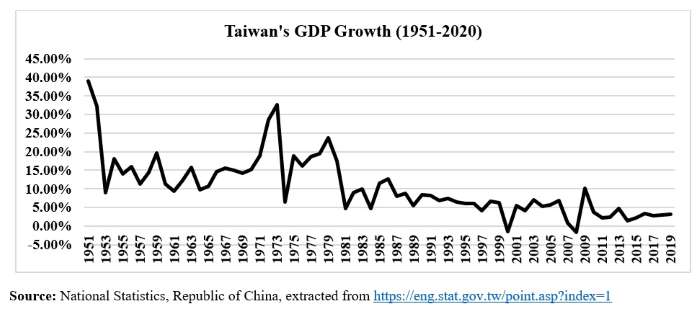
READ I Cryptocurrency: India should go in for an outright ban
The income distribution in the country is also commendably equitable. The Gini coefficient for 2020 was 0.34 which is not much higher than that of countries such as Norway (0.25), Finland (0.27) and Sweden (0.3). This means Taiwan not only achieved high rates of economic growth but also managed to achieve equitable sharing of its prosperity.
ICT industry powered Taiwan growth
Taiwan commenced its journey as a backward agrarian country. In the 1950s, it lacked natural resources, the land-to-population ratio was unfavorable, there was shortage of capital and the government was somewhat discredited. This trend soon changed for the better. There are several reasons for such a rapid growth that allowed Taiwan to overcome the challenges of the 1973 oil crisis, the recession after the Asian financial crisis in 1997 and the global financial crisis in 2007 with considerable ease.
Taiwan’s growth started with the land reforms in 1960s. It began in the textile industry producing small appliances and light manufactures. It was in the 1980s that the economy changed direction towards capital intensive and knowledge-based industries in the information and communication technologies.
Thanks to efficiency of its Small and Medium Enterprises (SMEs), Taiwan’s Information and Communication Technology (ICT) sector grew rapidly. Taiwan owes this growth to the capital accumulation which was possible due to protective import substitution policies in the beginning and the export promotion policies when the nation shifted its attention towards ICT industry.
READ I Education policy: Lessons for India from Taiwan economic miracle
Taiwan as source of investment
Several factors influenced Taiwan’s rapid growth. It started with import substitution policies based on protection of domestic products. Foreign partners gave the SMEs the boost necessary to enter the phase of export promotion. This is evident in the country’s positive balance of trade since 1989 that has been increasing exponentially since the year 2000. Consequently, Taiwan economy’s ability to absorb foreign direct investment improved.
In other words, it partly financed its exportable production by absorbing foreign capital and loans. Taiwan’s rapid growth, especially in the high-tech industries, gave it the capital necessary to invest in other countries. Therefore, both FDI outflow and inflow became considerably high, especially in the last decade. However, as the figures in table 1 suggest, Taiwan’s investment in other countries was nearly twice the investment other countries made inside Taiwan.
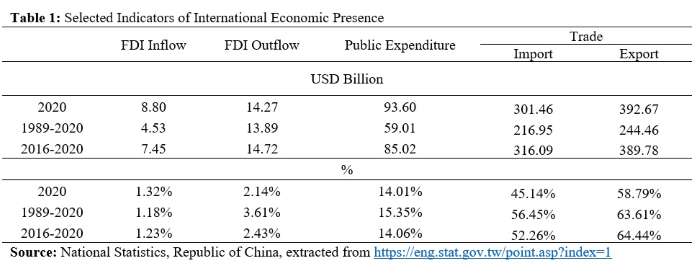
Taiwan’s international profile is quite diverse. Considering its conflict with the People’s Republic of China since 1949 over its sovereignty and its expulsion from the United Nations since 1971, Taiwan has been unable to get much support from international community, and its political relations with many countries were also constantly interrupted by Beijing. However, even without having official embassies and being bullied by the PRC, Taiwanese brands are still stocking up the shelves in many countries such as Vietnam, Indonesia, India and Philippines.
Many Taiwanese companies in ICT sectors produce semiconductors and chipsets that are used to produce technology-based products. In other words, besides having a dominant share in final products such as smartphones, laptops, and memory sticks, Taiwan’s name can be seen inside many different technology-based products.
Opportunities for India-Taiwan partnership
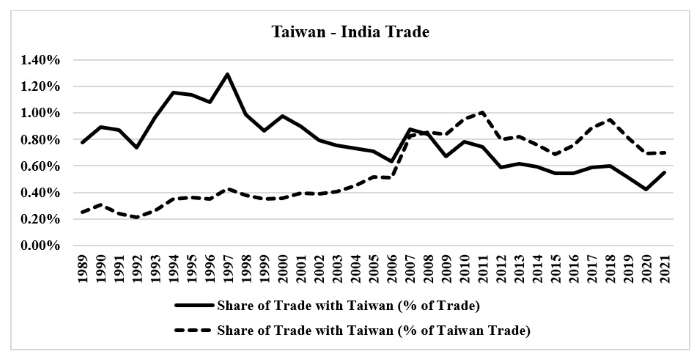
India now is concentrating on developing ICT industry by attracting investment from abroad, and it has a great advantage compared with other emerging markets. Around 20% of Indians are in the 15-24 age bracket which means most of their everyday lives as well as their professional lives is highly dependent on ICT products such as laptops and smartphones.
Having the 5th highest GDP in the world, India has a digital economy worth $200 billion which is expected to reach $500 billion by the year 2025. In other words, India is a country heavily reliant on ICT products. However, the amount of Taiwanese investment in India’s ICT industry is still lower than Taiwan’s investments in other emerging countries such as China or even Vietnam.
Some Taiwanese companies such as Foxconn and Vistron are relocating their assembly lines to India, but an ICT industry supply chain comprising R&D, hardware, software and services is yet to be built. Given India’s ambitious plans in the field of ICT and Taiwan’s experience in producing high quality products at low profit margins, there is the possibility of a long-term mutually beneficial partnership.
(Dr Sahand E P Faez is currently research fellow at Center for Studies on South Asia and the Middle East, National Chung Hsing University (NCHU) of Taiwan; Dr Mumin Chen is professor of international relations at NCHU.)
